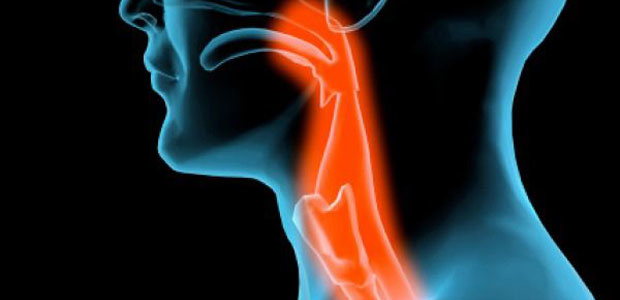
What is laryngeal cancer?
Laryngeal cancer is a malignant cancer that starts in the epithelial tissue of the laryngeal mucosa. The most common laryngeal cancer is laryngeal squamous cell carcinoma.
What is the incidence of laryngeal cancer?
The incidence of laryngeal cancer accounts for 1-5% of all cancers of the whole body, it is the third common cancer in ear nose throat department, preceded only by nasopharyngeal cancer and nasal carcinoma or sinus cancer. It often happens to people from 50 to 70 years old, males especially.
What are the risk factors of laryngeal cancer?
Smoking: burning tobacco can produce carcinogens, while its smoke can stop or slow down the ciliary movement and causes mucous hyperemia and edema, resulting in epithelial proliferation and thickening, as well as squamous metaplasia. Thus, carcinogenic basis is established.
Excessive drinking: long-term stimulation to the mucosa can cause degeneration and leads to cancer.
Stimulation from chronic inflammation: such as chronic laryngitis or respiratory inflammation
Air pollution: long-term intake of harmful gas, such as sulfur dioxide and industrial dust, can easily cause laryngeal cancer.
Viral infection: virus can cause cells degeneration and abnormal division or adhere to the gene to be passed to the next generation causing cancers. Infection of HPV16 and HPV18 also has close relation to the incidence of laryngeal cancer.
Precancerous lesion: any recurrence of laryngeal keratosis and benign laryngeal tumors, like laryngeal papilloma, can transform to cancer.
Radioactive rays: treatments using radioactive rays to treat tumors in the neck can cause cancers.
Sex hormone: relevant experiments have proved that the percentage of masculine cells in the estrogen receptor of laryngeal patients is apparently increased.
How dose laryngeal cancer transfer and diffuse?
Directly transfer: advanced laryngeal cancer often infiltrate and transfer to the submucosa.
Lymphatic transfusion: laryngeal cancer usually transfers to the superior deep cervical lymphatic nodes in the crotch of common carotid artery, and then goes along the internal jugular vein to invade both the superior and inferior lymph nodes.
Transfer through blood vessels: laryngeal cancer can transfer to other body parts, such as lung, liver, kidney, bone and brain through blood circulation.
What are the symptoms of laryngeal cancer?
How to diagnose laryngeal cancer?
What treatment methods are available for laryngeal cancer?
What are the principles of postoperative care of laryngeal cancer?
After the patient restores their consciousness, help them lie in semi-reclining position to benefit breathing and draining.
Put some ice on the neck to promote the reparation of the wound.
Try to keep unobstructed draining and avoid skin flag necrosis. Observe and note down the characteristics and amount of the draining fluid regularly. Inform the doctor once abnormities occur.
 viber
viber